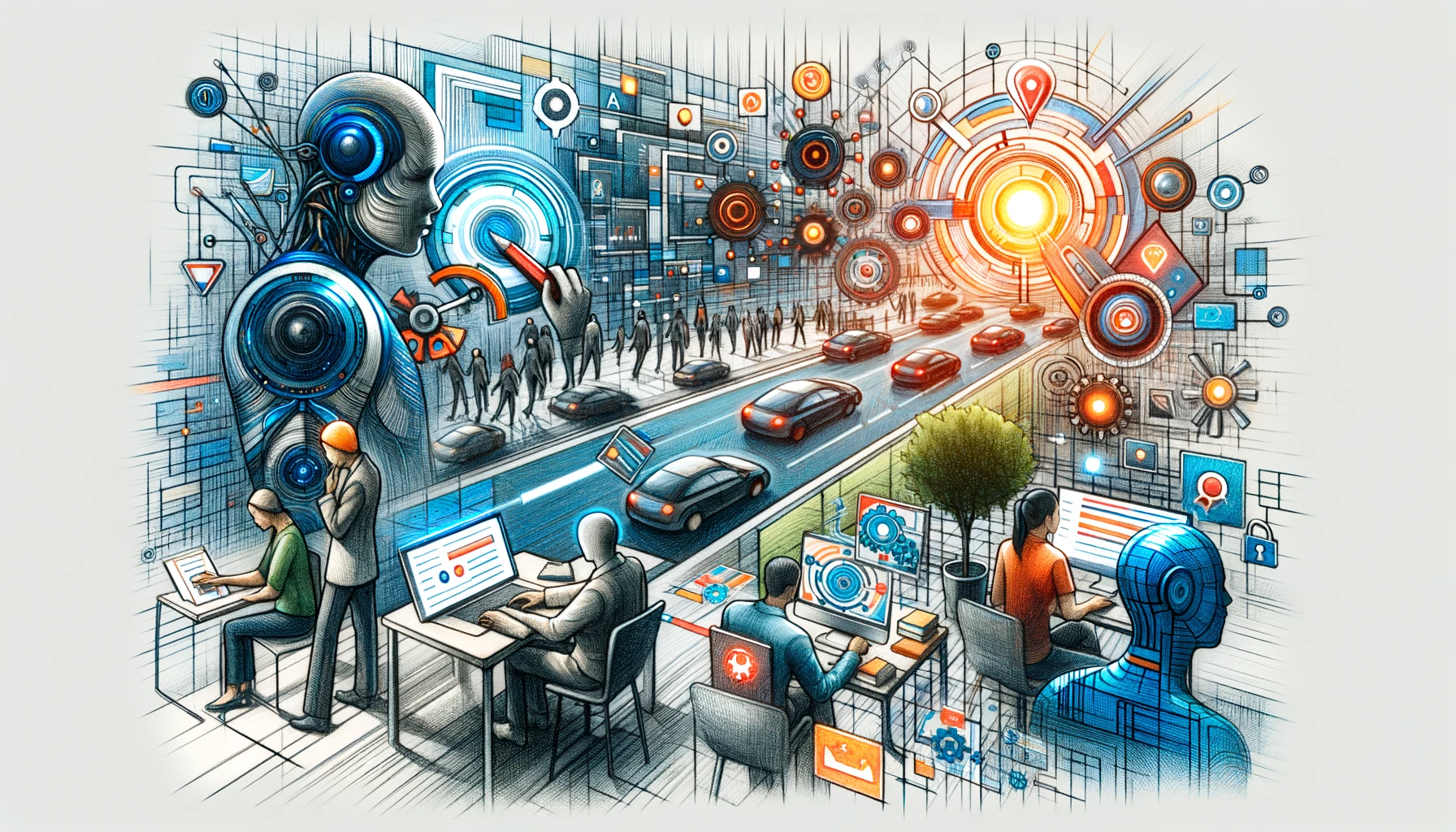In today’s digital-first economy, delivering a seamless and personalized customer experience (CX) is not just a competitive advantage—it’s a business imperative. As consumer expectations rise and demand for instant gratification grows, businesses are turning to Artificial Intelligence (AI) to redefine how they engage with their customers. AI customer services have emerged as a game-changer, improving the customer experience across touchpoints by offering faster, smarter, and more personalized interactions.
This blog explores the various ways in which AI customer services are elevating customer experience and why this transformation is shaping the future of customer engagement.
1. 24/7 Availability for Instant Support
AI-powered chatbots and virtual assistants provide round-the-clock support, ensuring that customers get help anytime, regardless of time zones or holidays. This 24/7 availability significantly reduces customer frustration, especially for urgent queries outside of regular business hours. Immediate response time enhances customer satisfaction and builds loyalty.
Example: E-commerce websites use AI bots to assist with order tracking, product recommendations, and issue resolution even during peak traffic hours or at night.
2. Faster Response Times
Speed is one of the most critical factors in a great customer experience. Unlike human agents, AI can instantly analyze questions and deliver real-time responses. This not only reduces wait times but also minimizes the bounce rate on websites and increases customer engagement.
AI-driven systems handle thousands of queries simultaneously without delays—something impossible with human-only teams.
3. Personalized Interactions at Scale
AI uses machine learning algorithms and customer data—like browsing history, purchase behavior, and past interactions—to personalize conversations. Whether it’s recommending products, offering discounts, or providing targeted support, AI ensures that every interaction feels relevant and customized.
A returning customer might be greeted with a tailored message or product suggestion based on their last visit, enhancing the sense of care and connection.
4. Omnichannel Support Consistency
Modern consumers interact with brands across multiple channels—websites, mobile apps, emails, social media, and messaging platforms. AI seamlessly integrates these touchpoints to provide a unified customer experience. It remembers past interactions across platforms, so customers don’t have to repeat themselves.
A customer who starts a conversation on Instagram can continue it on the website chatbot without losing context.
5. Proactive Engagement and Predictive Support
One of AI’s most valuable features is predictive analytics. AI can anticipate customer needs and proactively offer solutions before issues arise. For instance, if a customer frequently experiences a delivery delay, the system can automatically apologize, offer compensation, or reroute logistics.
Proactive support reduces friction and builds trust, showing that the brand cares about the customer’s time and experience.
6. Enhanced Self-Service Options
AI improves self-service capabilities through intelligent knowledge bases, FAQ bots, and interactive voice assistants. Customers can find answers on their own without needing to contact a live agent—empowering them with quick solutions and reducing support load.
AI search within help centers suggests relevant articles based on the query context, improving resolution rates.
7. Emotion Recognition and Sentiment Analysis
Advanced AI systems use sentiment analysis to detect emotions like frustration, confusion, or satisfaction during interactions. This enables real-time escalation to human agents when needed or adjustment of the AI’s tone and response strategy.
For example, if a customer expresses anger, the AI may adopt a more empathetic tone or offer a faster route to resolution.
8. Efficient Handling of Routine Tasks
AI handles repetitive and low-value tasks—such as checking order status, resetting passwords, or updating account info—allowing human agents to focus on complex or emotionally sensitive issues. This results in faster resolution and more meaningful human interaction where it matters most.
Customers get quicker answers, and human agents deliver higher-value service.
9. Improved Agent Assistance and Productivity
AI doesn’t just help customers—it also assists customer service representatives by providing real-time suggestions, auto-filling data, and retrieving customer histories instantly. This support enhances agent efficiency and reduces average handling times.
Agents feel more empowered, and customers benefit from quicker, more informed service.
10. Consistent and Accurate Responses
Human agents may vary in their knowledge or tone, leading to inconsistent service. AI eliminates this by delivering standardized, accurate answers based on a central knowledge base. This ensures that every customer receives the correct information.
Consistency reinforces brand credibility and improves customer trust.
11. Feedback Collection and Analysis
AI tools can automatically gather, analyze, and report on customer feedback in real-time. This provides actionable insights into what customers like or dislike, helping businesses fine-tune their strategies and enhance overall CX.
With AI, feedback loops become shorter, and service improvements happen faster.
Conclusion
The integration of AI in customer service is revolutionizing the customer experience. By offering real-time support, personalization, consistency, and emotional intelligence, AI makes customer interactions more efficient and satisfying. It not only meets today’s demands for instant, intelligent service but also anticipates future needs through predictive analytics and proactive engagement.
Businesses that invest in AI customer services are seeing higher customer retention, increased satisfaction, and stronger brand loyalty. As AI technology continues to evolve, the opportunities to enhance customer experience will only grow—making it not just a support tool, but a strategic asset in creating customer-centric businesses.



